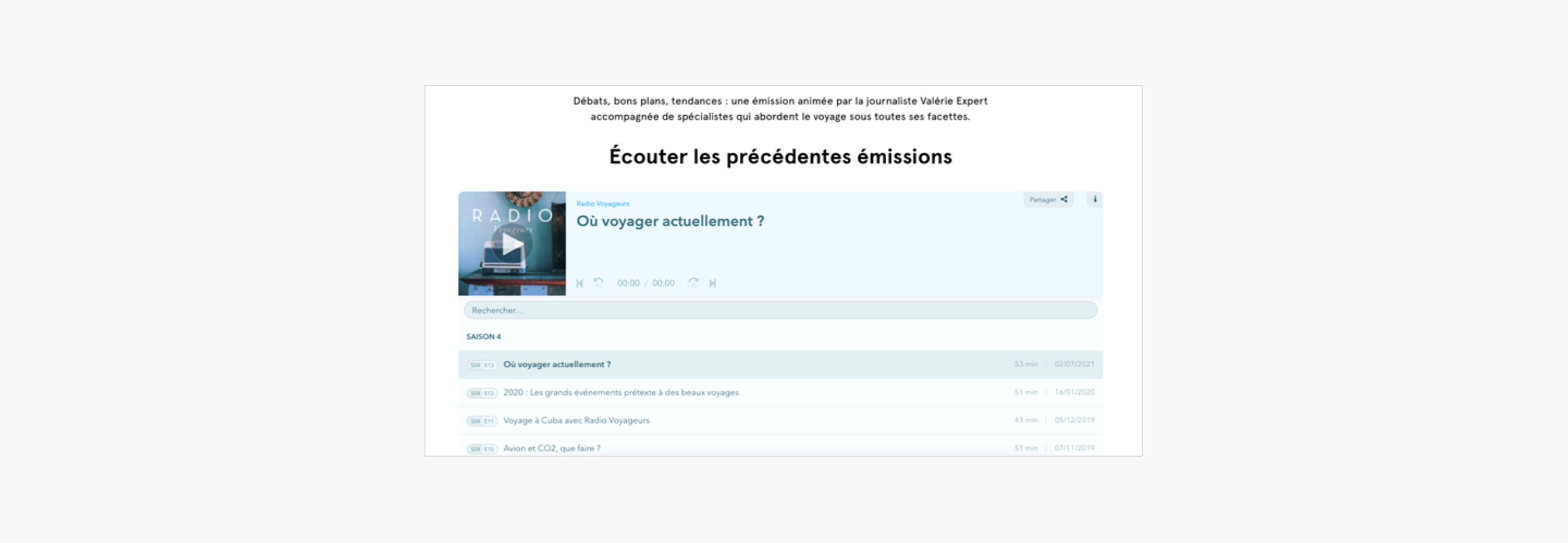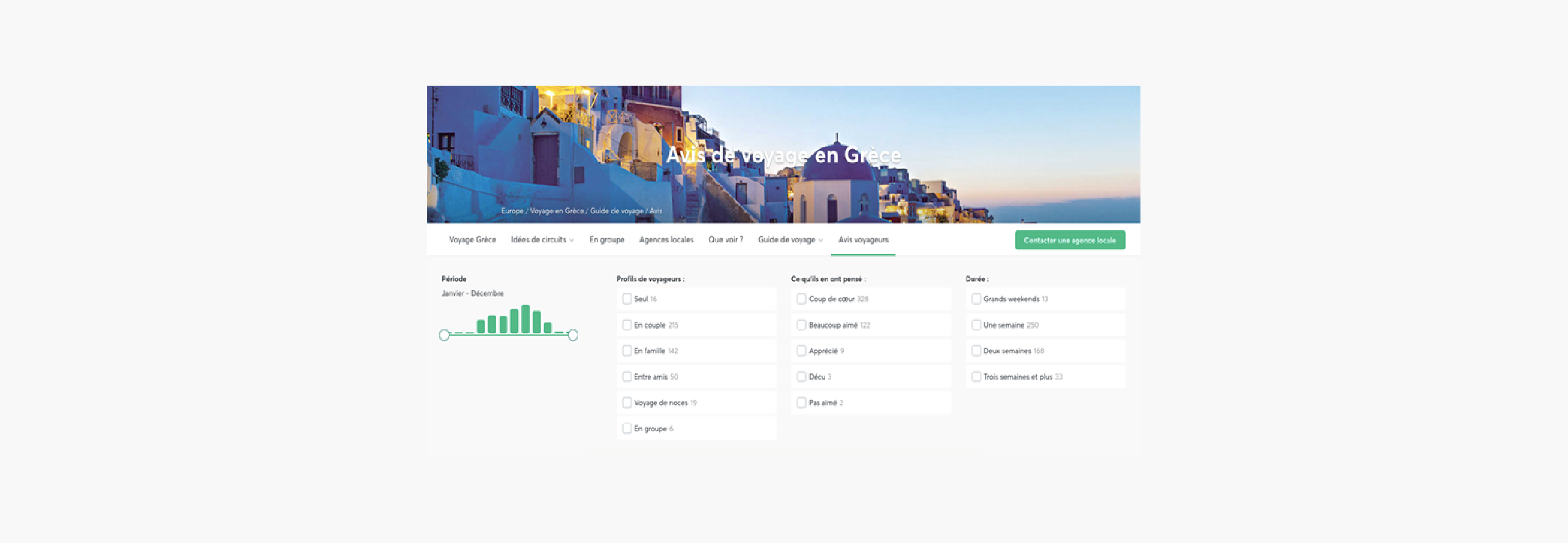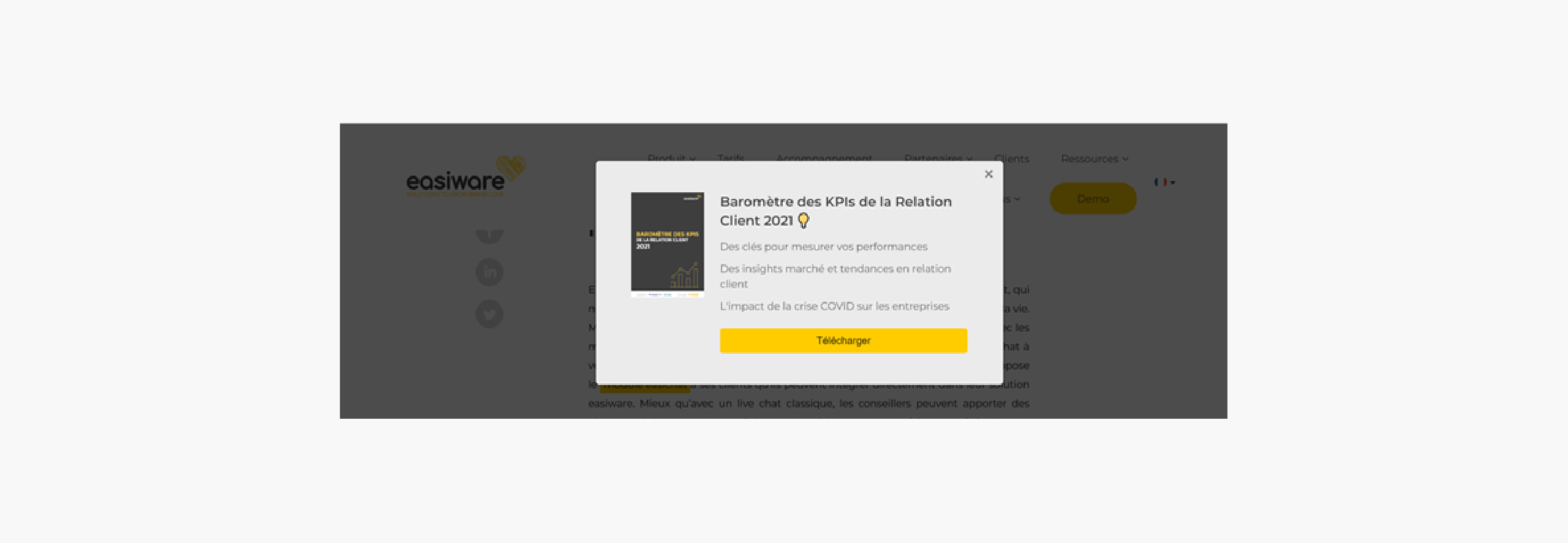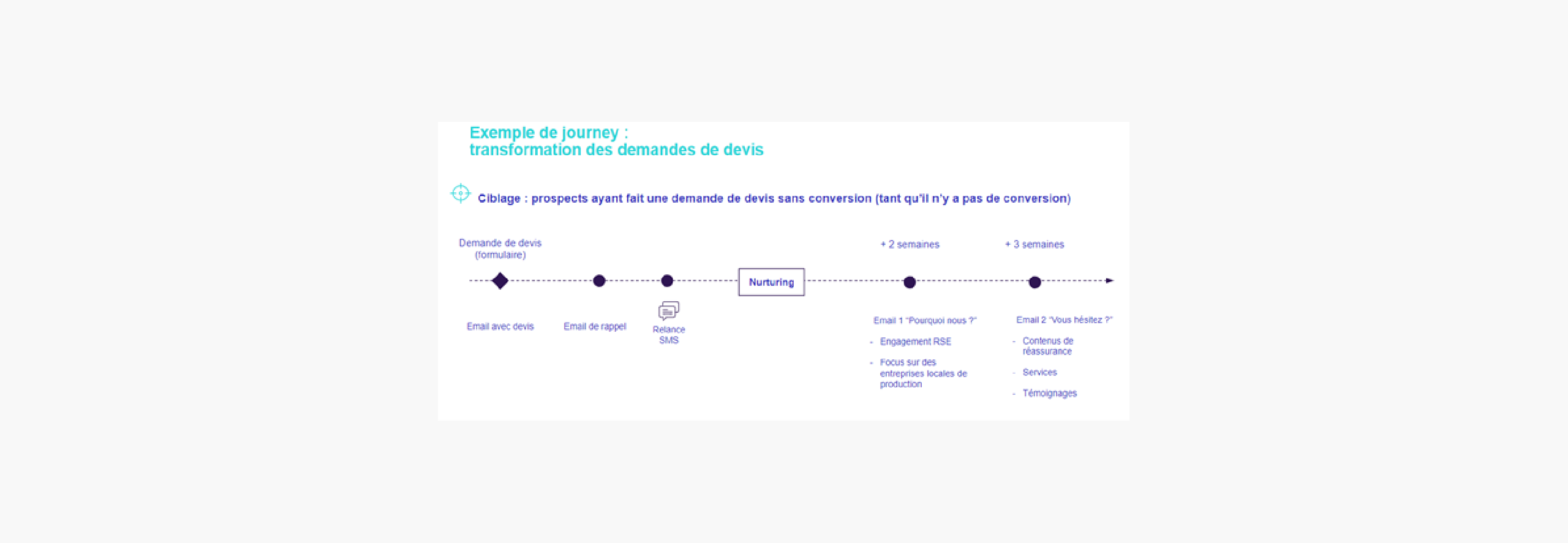Apart from purchases of consumer goods or impulse purchases, becoming a customer may require time for reflection and preparation. This is the case for commercial relations in B2B, but also for the B2C of the purchase of more expensive or engaging products. This pre-purchase phase is an opportunity for brands, which must maintain the relationship with their prospects until conversion: this is called prospect relationship management, or PRM. The time of massive prospecting campaigns by phone, email or mail is over: today, acquiring a new customer is based on a finer and more personalized relational communication: this is the challenge of prospect relationship management, or PRM.
Prospecting optimization solutions exist at each level of the customer journey, from targeting to nurturing (maintaining the prospect relationship).
1. Publish content and generate interest
The purchase of an engaging product or service goes through a preparation phase by the prospect, and therefore a search for useful information and content. By creating informative content, the brand can therefore position itself higher in the prospect’s journey.
Thus, for a travel brand, it is for example very useful to offer practical content on destinations, preparation advice, or even testimonials. This content responds to each stage of the preparation: from inspiration (choosing your destination) to preparing for the trip once the destination has been chosen (practical advice, information on the destination, testimonials).












